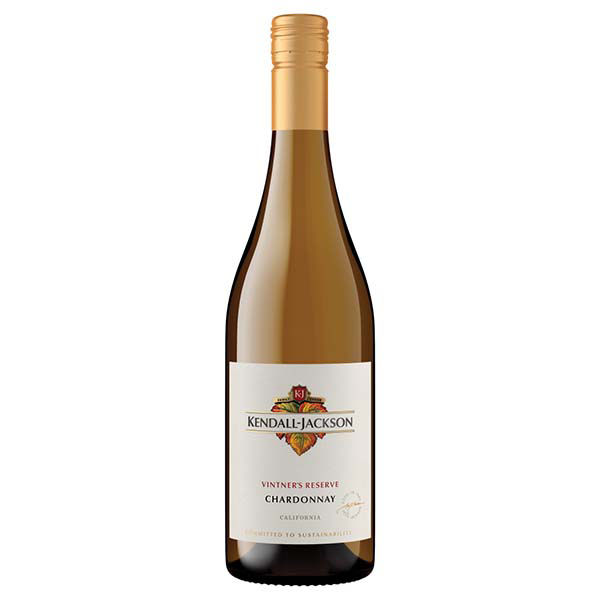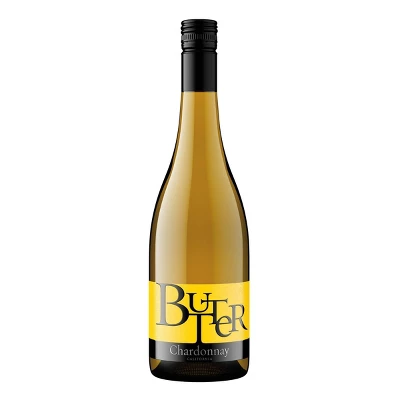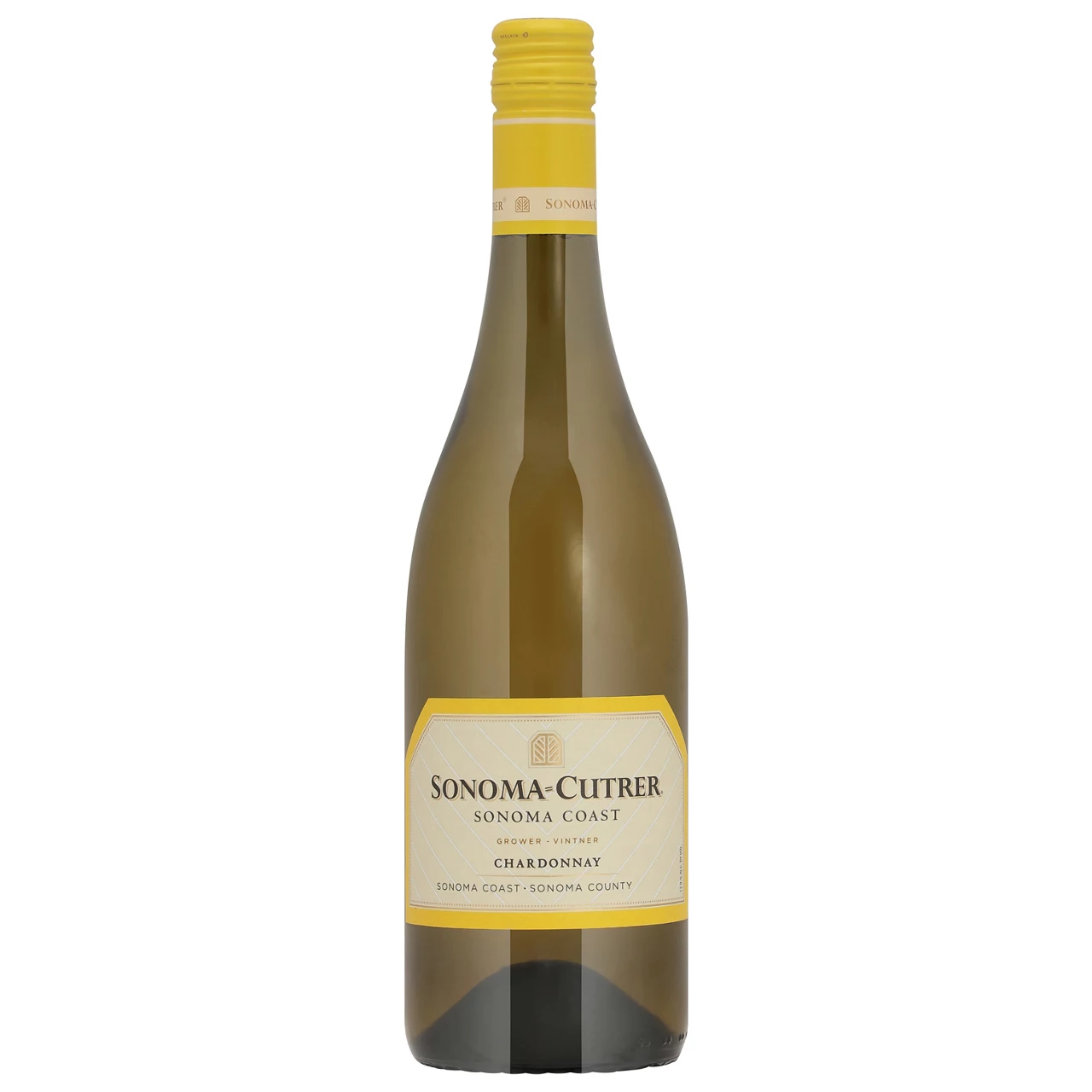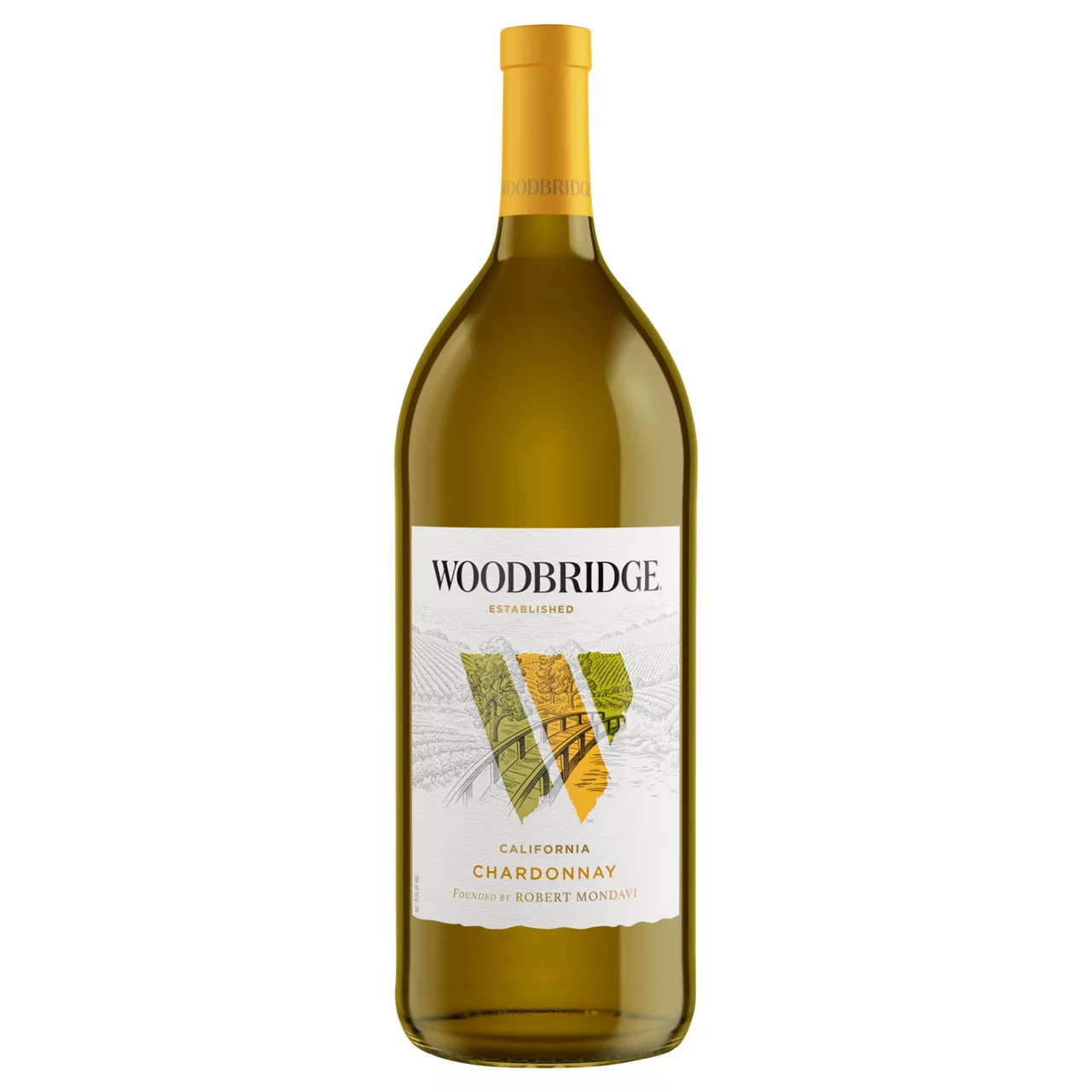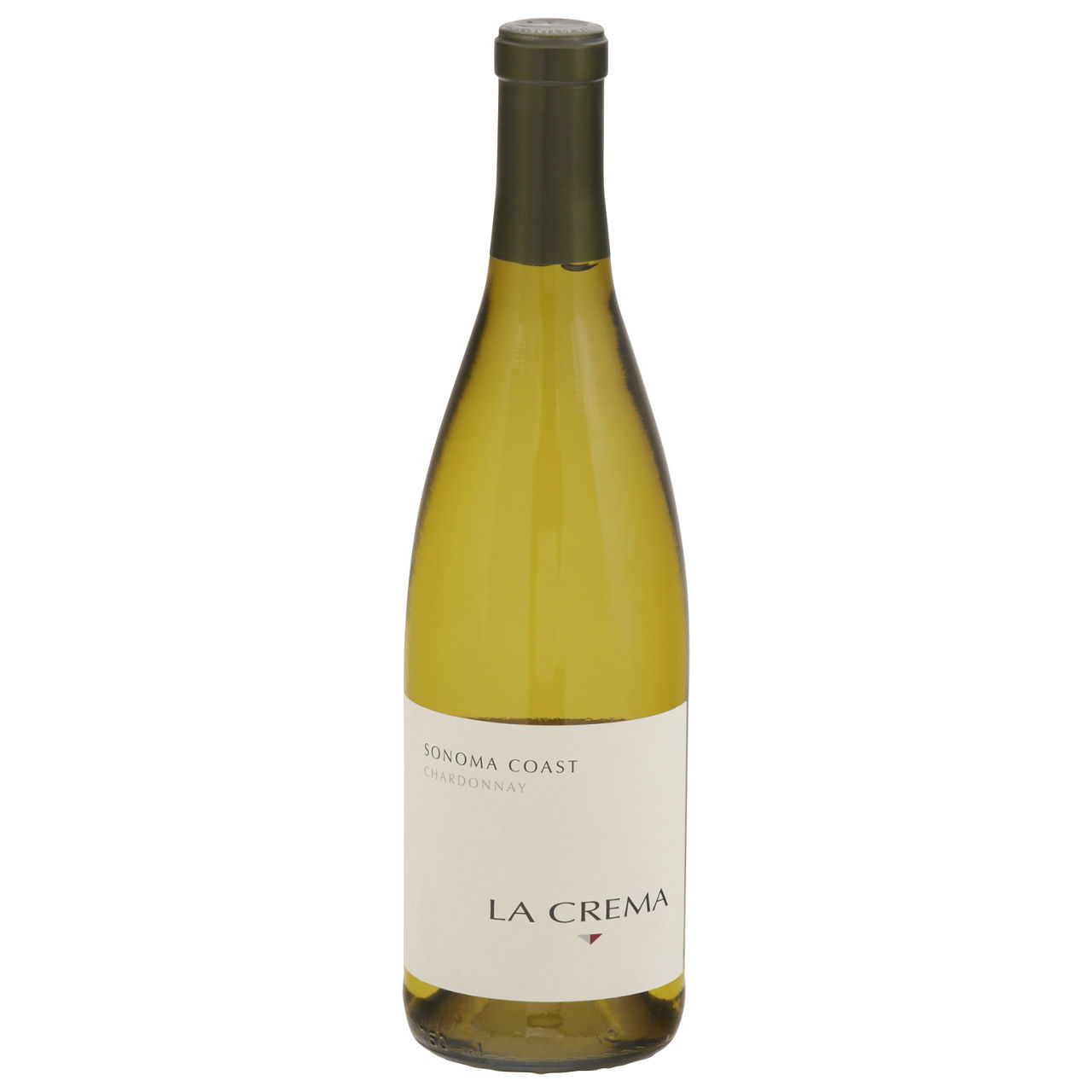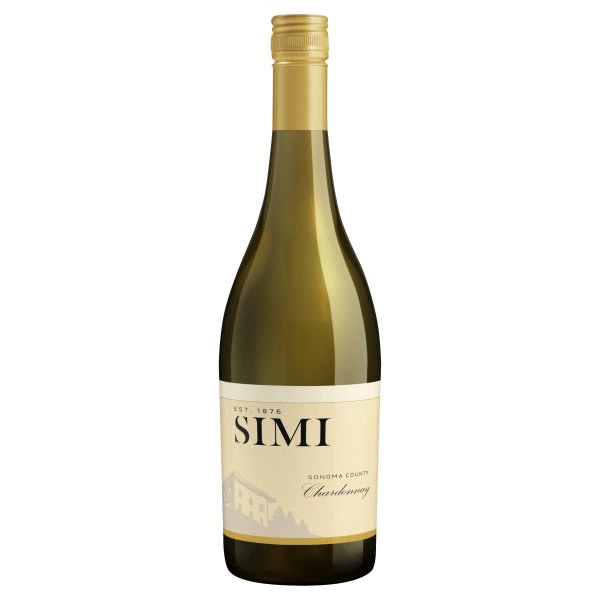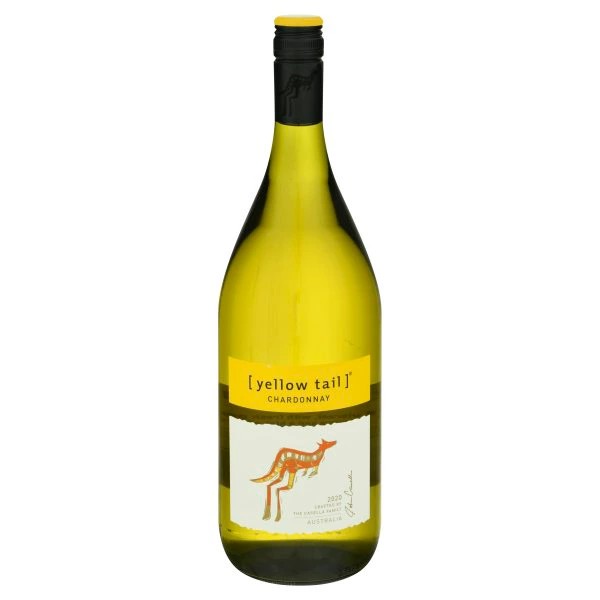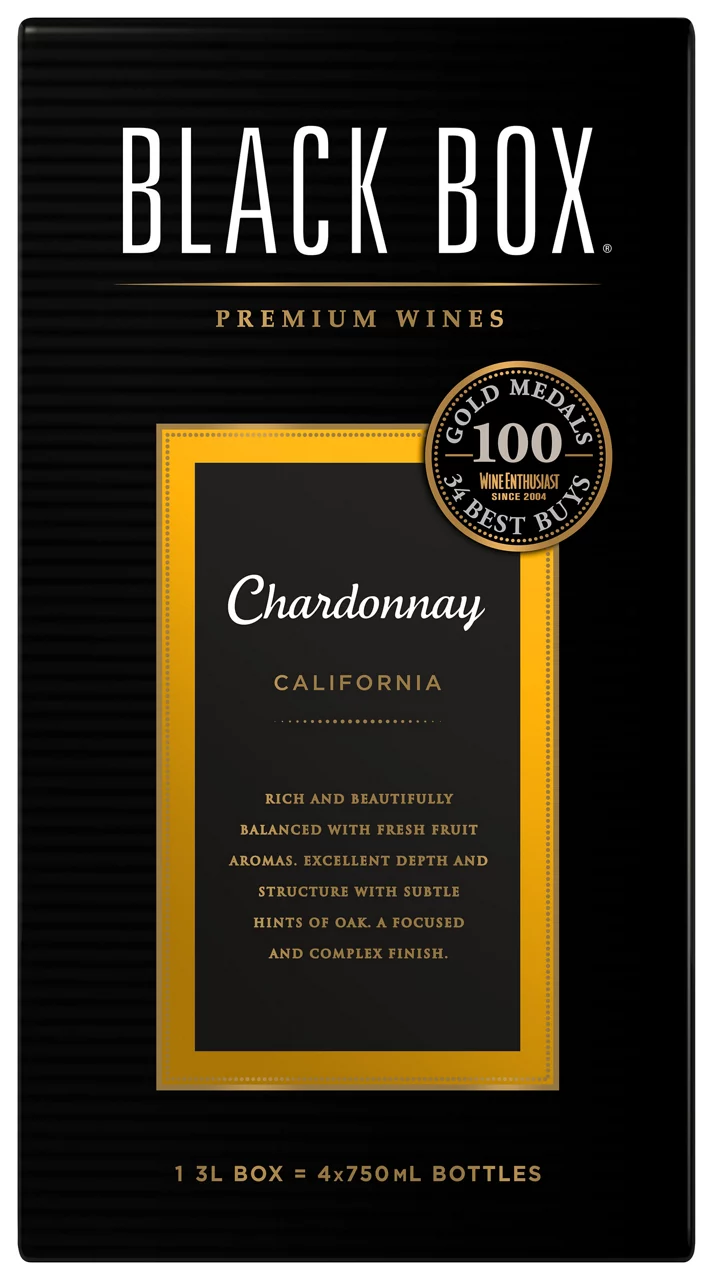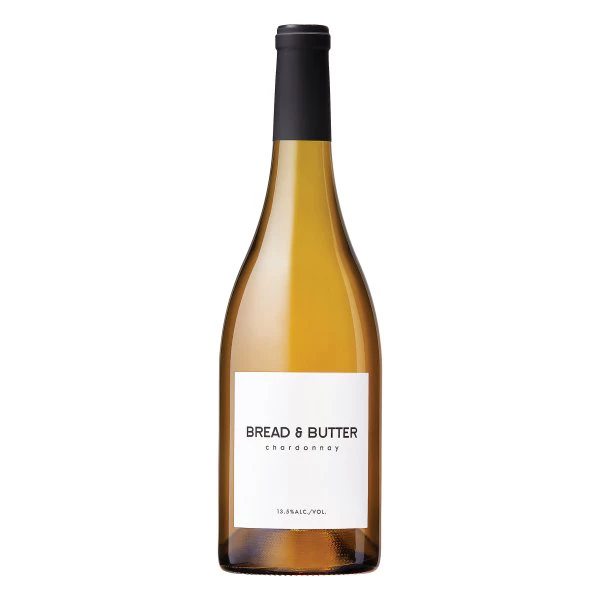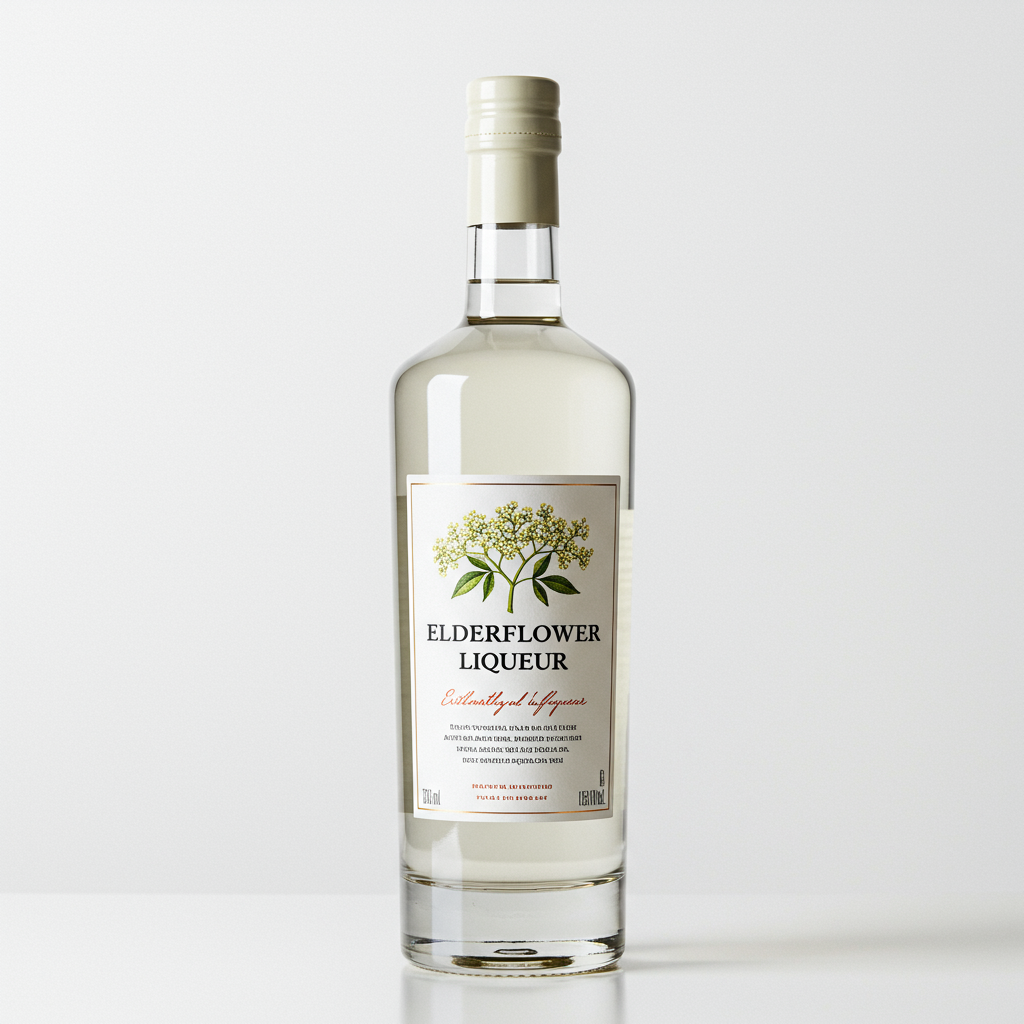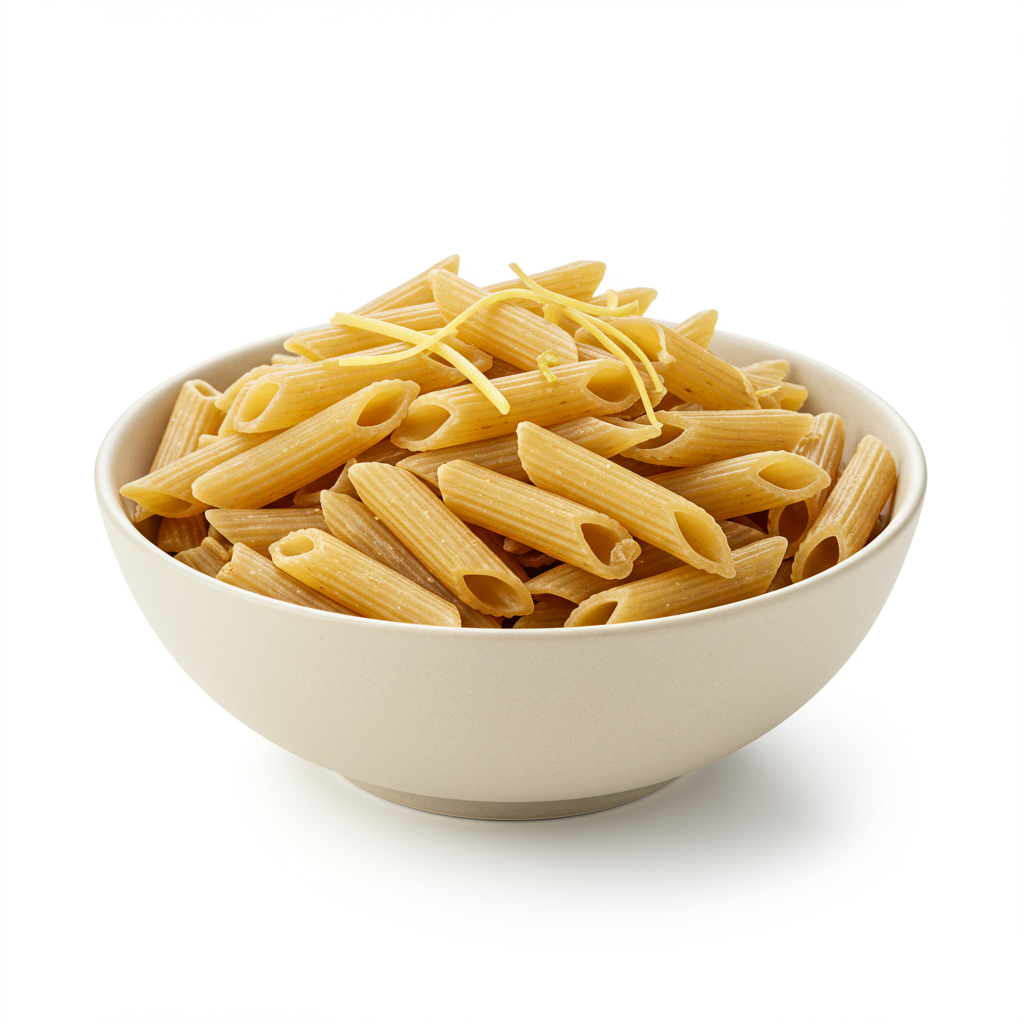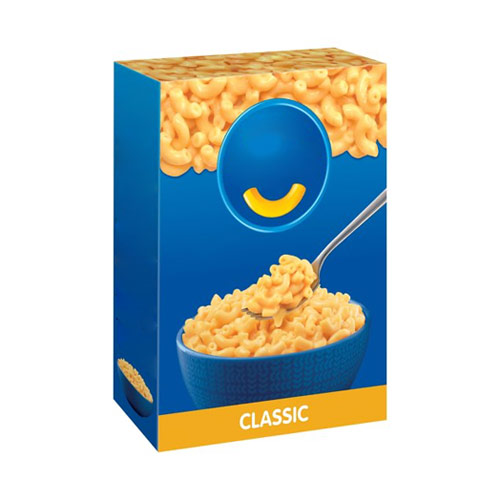BEVERAGES
MAIN DISHES
SOUPS
Chardonnay White Wine
Chardonnay is a popular white wine variety made from the green-skinned Chardonnay grape originating from the Burgundy region in France. This versatile grape can be transformed into various styles, such as crisp and fruity to rich and buttery, depending on the winemaking process. Chardonnays are commonly fermented in oak barrels, which adds to their complexity and gives them their signature oaky and buttery flavors.
For home cooks and consumers, Chardonnay white wine is a fantastic addition to various dishes, especially seafood, poultry, and creamy sauces. It also serves as an ideal choice for gatherings, pairing well with a variety of culinary delights, and making it a much-loved white wine option.
97%
CARBS
0%
FAT
3%
PROTEIN
3,281 Chardonnay White Wine Products
Kendall-Jackson Vintner's Reserve Chardonnay Wine, California
Josh Cellars Chardonnay
Jam Cellars Butter Chardonnay California White Wine
Sonoma-Cutrer Sonoma Coast Chardonnay White Wine
Woodbridge Chardonnay White Wine - 1.5L Bottle
La Crema Sonoma Coast Chardonnay White Wine
SIMI Chardonnay White Wine
Yellow Tail Chardonnay
Black Box Chardonnay White Wine - 3L Box Wine
Bread & Butter Chardonnay
Used In 7 Recipes
Chardonnay White Wine Is Frequently Used With
Chardonnay White Wine FAQ
Chardonnay white wine has many applications in both sipping and cooking. Its flavors can vary greatly depending on the production method. Oak-aged Chardonnays tend to have a buttery, creamy texture with notes of vanilla, while unoaked Chardonnays are often more fruit-forward, crisp, and bright - ideal for enhancing the flavors of your dishes not masking them. Using Chardonnay in cooking can add a depth of flavor that other ingredients simply can't supply and it can tenderize meats quite well due to its acidity.
Where people often go wrong with Chardonnay, especially in cooking, is using an overly oaky Chardonnay. This can overpower and potentially ruin a dish. For cooking, it's advised to use a crisp, unoaked, and generally less expensive variety. Remember, if you wouldn’t drink it, don’t cook with it.
How to get the most out of Chardonnay? For cooking, add it at the right time. When making sauces, soups or stews, add the wine at the start of cooking so it can simmer and reduce, this allows the flavors to concentrate and the alcohol to cook off. You wouldn't want an alcohol-forward taste in your dish.
As for drinking, serve it chilled but not too cold, to appreciate its depth of flavor. If it's too cold, you might miss its subtle hints. Pair it with foods that compliment its flavor - cream sauces, seafood, poultry, and even some types of cheese.
Is Chardonnay wine sweet or dry?
What does Chardonnay wine taste like?
Can I use any Chardonnay wine for cooking?
Should I refrigerate Chardonnay?
What food can I pair with Chardonnay?
How long does an opened bottle of Chardonnay last?
What’s the proper way to taste Chardonnay?
What impact does oak have on Chardonnay?
What does 'Buttery Chardonnay' mean?
Can I replace Chardonnay with other white wines in a recipe?
Expiration & Storage Tips
When does chardonnay white wine expire?
On your store-bought Chardonnay bottle, you'll usually find a 'best before' label instead of an 'expiration date'. However, unopened, it should stay good for 1-2 years if stored properly. Once opened, your Chardonnay should be consumed within 1-3 days for it to taste its best. Revealed to air, the wine starts to oxidize and lose its flavor. If you've frozen your Chardonnay (a less common practice), it should last for about 1-2 months.
How do you tell if chardonnay white wine is bad?
Telling if a Chardonnay is off isn't always straightforward but here are a few hints: changes in color to a deep yellow or brown, and if it smells more like vinegar or develops a nutty, sherry-like smell, these are clear signs of oxidation. Also, a heavy raisin smell could suggest that the wine was subjected to too much heat, resulting in it 'cooking'. Lastly, if the wine tastes overly sour or 'off', trust your taste buds and ditch it!
Tips for storing chardonnay white wine to extend shelf life
• Store your unopened Chardonnay in a cool, dark area, preferably a wine fridge set between 45-55°F.
• Don't store your wine on top of the fridge or near your oven as heat can 'cook' the wine, speeding up the aging process.
• Lay the bottles on their side to keep the cork moist and prevent it from drying out, which could allow air in and spoil the wine.
• After opening, re-cork the bottle and store it in your fridge to slow down the oxidation process. Nevertheless, try to consume it within a few days.
• While freezing an opened bottle of white wine is less common, it can be done if you want to extend its lifespan by a month or two. However, remember to pour out a small amount before freezing to provide space for the wine to expand.
• When ready to drink your frozen Chardonnay, let it thaw in the fridge. You may notice some change in flavor and loss of subtleties, but it should still be okay for cooking.
EXPIRES WITHIN
27 - 27.4
YEARS
Substitutes

Riesling White Wine

Pinot Grigio White Wine

Sauvignon Blanc White Wine

Chenin Blanc White Wine

Burgundy White Wine

Gavi White Wine

Gruner Veltliner White Wine

Semillon White Wine

Soave White Wine

Torrontes White Wine
See All
Health Info
Macros
3g
CARBS
0g
FAT
0g
PROTEIN
Allowed on these diets
LOW FAT
HIGH CALCIUM
VEGETARIAN
KETO
PALEO
MEDITERRANEAN
LOW CARB
VEGAN
LACTOSE FREE
GLUTEN FREE

